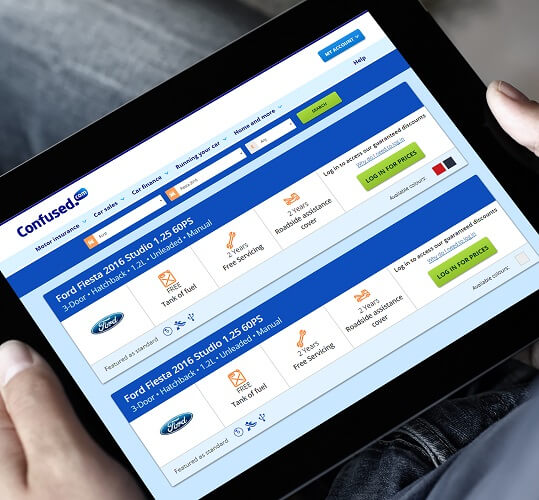
Interface design matters. A lot. A user-friendly, visually pleasing and responsive website will generate more traffic, and retain interest and customers, than a badly designed one. That’s just common sense!
User experience (UX) and user interface (UI) are often used interchangeably, however they represent different aspects of website design. UX describes ‘the process of development and improvement of quality interaction between a user and a company’, while UI is ‘the process of visually guiding the user through a product’s interface’. You can find a good breakdown of the differences between the two here.
Why does UX design matter?
As a business, your main focus probably is on your customers. These customers become ‘users’ once they’re engaging with your business on your website – and this is where user experience becomes important.
When using your product, app or website, customers are looking for a positive experience – and if they don’t find it, they’ll be taking their business elsewhere. Don’t believe us? Believe the statistics: 90% of users said they’d stopped using an app if it offered a poor user experience, and 86% deleted an app because of problems with its design or functionality.
How to provide a high-quality user experience
Essentially, your design should be user-centric. After all, customers are the ones who matter the most to your business. Designers need to understand the needs, wants, and expectations of users.
Most of the time, they’ll be looking for a simple, quick and efficient interaction – so you should aim to make your product and/or website easy to operate, without too many unnecessary steps along the way. Think simple layouts, clear buttons, easy navigation…
It also needs to look good. While everyone has different tastes, and design trends are constantly evolving, clarity and minimalism will always be winners. Need some inspiration? Just think about the iPhone you probably own, and its super user-friendly, aesthetically pleasing operating system!
What about UI design?
Since we’re talking about looks, now’s a good time to focus more specifically on user interface design. We’re all guilty of judging based on the way something (or someone, if you’re extra cynical) looks, and your product will be harshly judged.
The aesthetics of your interface will be what sets it apart from competitors, especially if you’re offering the exact same product under the surface, or a very similar one. Basically, the easiest to navigate, fastest to load, and most intuitive interface will be the one to win customers over.
What makes a good user interface?
We’re asking the real, tough questions here. There’s no right or wrong answer, but there will be certain things that everyone can agree on:
· Consistency
· Simplicity
· Transparency
· Ease of interaction
· Fast loading time
Designers need to make sure the interface is consistent, and that all elements are uniform and behave in the same way – helping the user to feel comfortable with the product, and believe in its credibility and reliability.
Basically, just make your website as simple, clean and easy to navigate as possible. Make sure the user can access everything they need easily (navigation bar, etc) and that buttons are in the same place on every page to avoid confusion. Finally, ensure that all pages load fast: almost half of web users tend to leave a site if the page doesn’t load within 2 to 3 seconds.
Our design team are pros at creating a perfect user experience – talk to them for more information!


